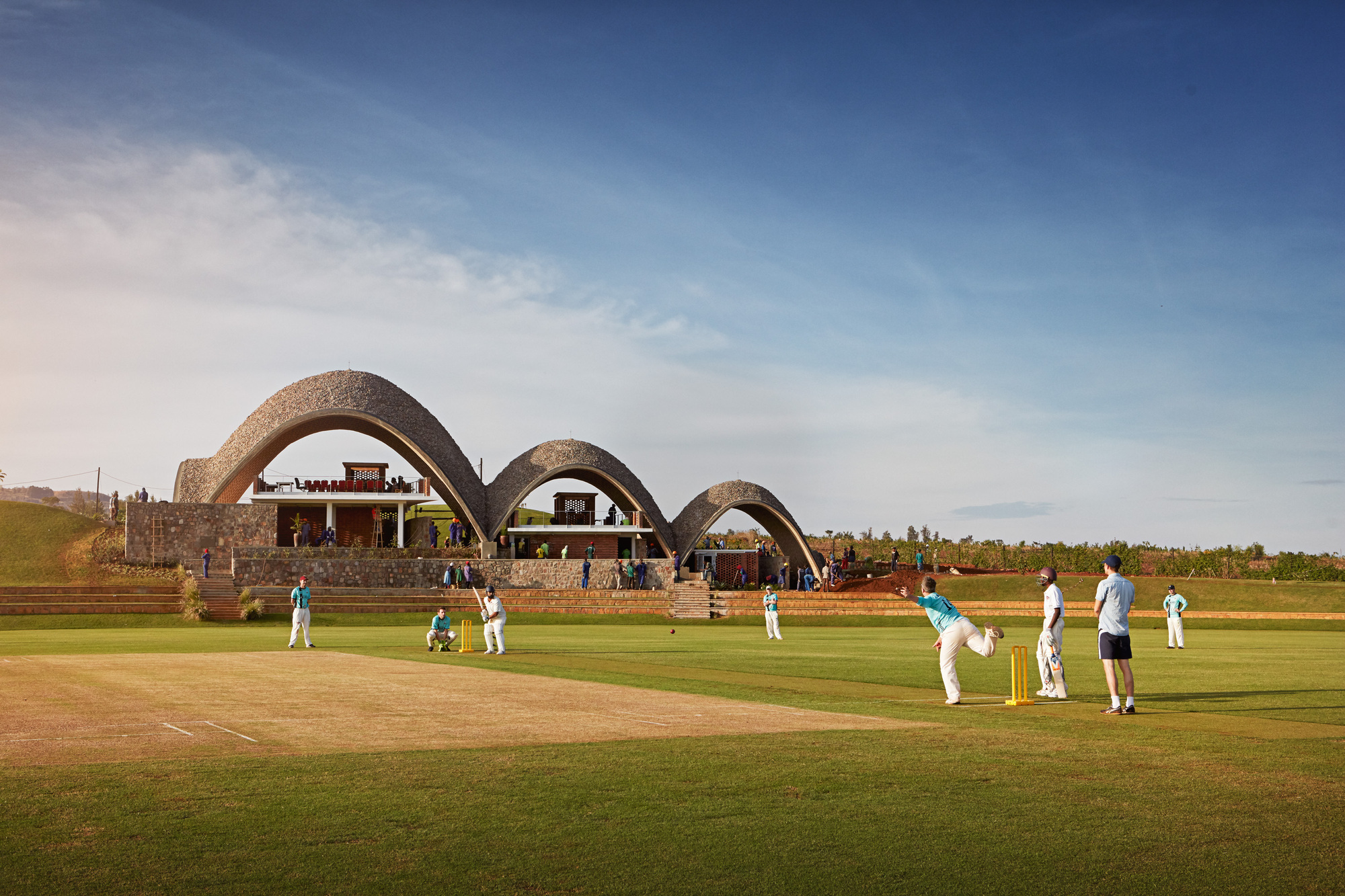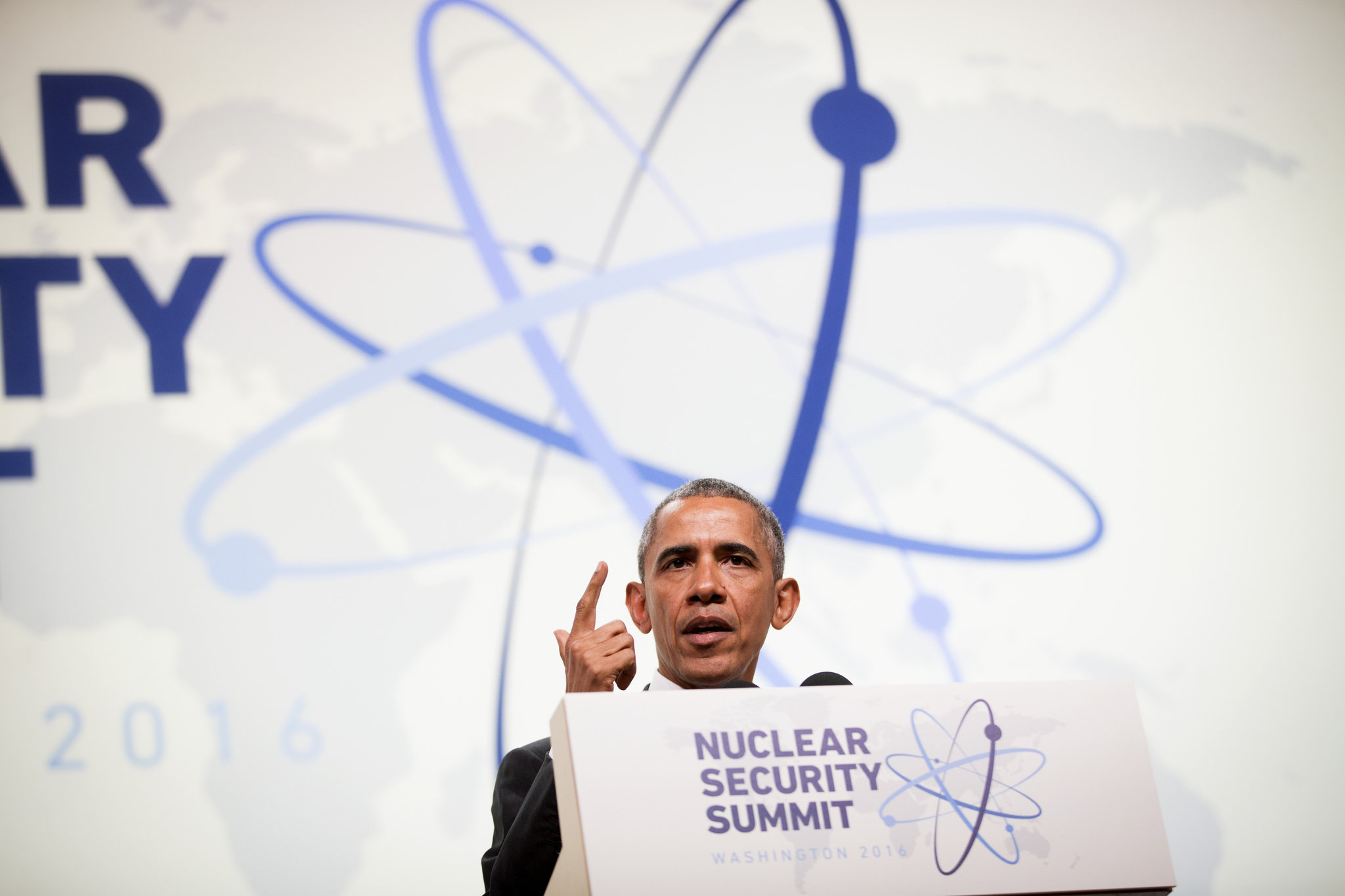Sports Stadiums And The Future Of Urban Development

Table of Contents
Sports Stadiums as Economic Engines
Sports stadiums are far more than just venues for sporting events; they are powerful economic engines driving significant growth in host cities. Their impact on local economies is multifaceted, extending far beyond ticket sales and concessions.
Job Creation and Revenue Generation
The construction and operation of a sports stadium generate a substantial number of jobs. This includes:
- Direct jobs: Construction workers, stadium staff (security, maintenance, concessions), event management personnel, and administrative staff.
- Indirect jobs: Jobs created in supporting industries such as hospitality (hotels, restaurants), transportation (taxis, public transit), and retail businesses that benefit from increased foot traffic during events.
For example, the construction of the Tottenham Hotspur Stadium in London created thousands of jobs directly and indirectly boosted local businesses significantly. Studies have shown that major stadium projects can generate tens of thousands of jobs across various sectors, providing a much-needed economic boost, especially in areas with high unemployment.
Attracting Investment and Tourism
Stadiums act as magnets, attracting both public and private investment. The prospect of hosting major sporting events incentivizes investment in surrounding infrastructure, leading to improved transportation networks, upgraded hotels, and the development of new businesses.
- Increased tourism: Major sporting events draw significant numbers of tourists, injecting money into the local economy through accommodation, dining, and entertainment. Cities hosting major tournaments or championships often see a surge in tourism revenue, impacting positively on local hotels and businesses.
- Private investment: The presence of a state-of-the-art stadium can incentivize private developers to invest in nearby areas, leading to the construction of new residential and commercial buildings, further driving economic growth. The development of residential and commercial areas surrounding stadiums increases property values in the surrounding area.
Revitalizing Urban Spaces
The construction of a sports stadium can be a catalyst for urban regeneration, transforming previously neglected or underutilized areas.
Urban Regeneration and Redevelopment
Many stadiums are built on brownfield sites – previously developed land that has been abandoned or underutilized. This redevelopment not only provides a new use for derelict land but also cleans up polluted areas and improves the overall urban landscape.
- Brownfield site redevelopment: This approach minimizes encroachment on green spaces and contributes to sustainable urban development. The conversion of these spaces into vibrant, functional areas improves environmental quality.
- Successful examples: Numerous cities have successfully leveraged stadium development for urban regeneration. Consider the impact of Olympic stadiums on previously neglected urban areas.
Improved Infrastructure and Accessibility
Stadium projects often necessitate upgrades to the surrounding infrastructure, including improved public transportation access, pedestrian walkways, and cycling lanes.
- Enhanced public transit: Improved public transport links ensure easier access to the stadium for fans, reducing traffic congestion and promoting sustainable transportation. New metro lines or improved bus routes can positively affect the entire city.
- Pedestrian-friendly environments: The development of safe and attractive pedestrian walkways makes the area around the stadium more inviting for both residents and visitors, enhancing walkability and creating a more people-friendly environment.
Social Impact and Community Engagement
Beyond the economic benefits, sports stadiums play a vital role in fostering community engagement and boosting civic pride.
Community Gathering Spaces
Modern stadiums are designed to be more than just sporting venues. They often host concerts, festivals, community events, and other public gatherings, creating opportunities for social interaction and community building.
- Community events: Hosting local events provides a platform for community organizations and fosters a sense of togetherness. These create opportunities for social inclusion.
- Multi-purpose facilities: Many stadiums incorporate community facilities such as parks, playgrounds, or recreational areas, further enhancing their role as community hubs.
Community Pride and Identity
A successful stadium project can become a source of great pride for the local community, fostering a sense of shared identity and collective achievement.
- Local involvement: Involving the community in the planning and development phases of a stadium project can build consensus and ensure the facility reflects the needs and aspirations of local residents. This increases engagement and buy-in.
- Civic morale: The positive atmosphere generated by sporting events and community gatherings at the stadium can significantly boost civic morale and foster a sense of collective well-being.
Challenges and Considerations
While the benefits of sports stadiums in urban development are significant, several challenges must be considered.
Financial Sustainability and Public Funding
The high cost of stadium construction often raises questions about financial sustainability and the use of public funds. Careful cost-benefit analysis is crucial to ensure the project's long-term viability.
- Public-private partnerships: Exploring alternative funding models and utilizing public-private partnerships can help to mitigate the financial burden on taxpayers. This ensures a more balanced financial investment.
- Revenue generation strategies: Implementing effective revenue generation strategies, such as maximizing non-match day usage, is crucial for long-term financial sustainability. This ensures continuous revenue streams.
Environmental Impact and Sustainability
Stadium construction and operation have an environmental footprint. Minimizing this impact through sustainable building practices and waste management is vital.
- Sustainable building materials: Employing sustainable building materials and minimizing construction waste are vital to ensuring environmental responsibility. This improves sustainability efforts.
- Energy efficiency: Designing energy-efficient stadiums with renewable energy sources minimizes the stadium's environmental impact. This improves the long-term environmental performance.
Conclusion
Sports stadiums are powerful agents of urban development, offering significant economic, social, and environmental benefits when planned and managed effectively. They can act as catalysts for urban regeneration, attracting investment, creating jobs, and fostering a stronger sense of community. However, careful consideration must be given to financial sustainability and environmental impact to maximize positive outcomes. By understanding the complexities of sports stadiums and urban development, we can create vibrant, thriving cities for generations to come. Continue exploring this vital intersection and contribute to shaping a better urban landscape through thoughtful stadium development and urban planning.

Featured Posts
-
 Your Senior Year A Detailed Calendar Of Trips And Events
May 11, 2025
Your Senior Year A Detailed Calendar Of Trips And Events
May 11, 2025 -
 Ufc 315 Muhammad Vs Della Maddalena Complete Fight Results And Analysis
May 11, 2025
Ufc 315 Muhammad Vs Della Maddalena Complete Fight Results And Analysis
May 11, 2025 -
 Washington Dcs 500 Most Influential People Of 2025 A Comprehensive List
May 11, 2025
Washington Dcs 500 Most Influential People Of 2025 A Comprehensive List
May 11, 2025 -
 10 Pictures That Shed Light On Benny Blancos Alleged Infidelity With Selena Gomez
May 11, 2025
10 Pictures That Shed Light On Benny Blancos Alleged Infidelity With Selena Gomez
May 11, 2025 -
 Examining The Trump Administrations Approach To Expedited Nuclear Power Plant Builds
May 11, 2025
Examining The Trump Administrations Approach To Expedited Nuclear Power Plant Builds
May 11, 2025
